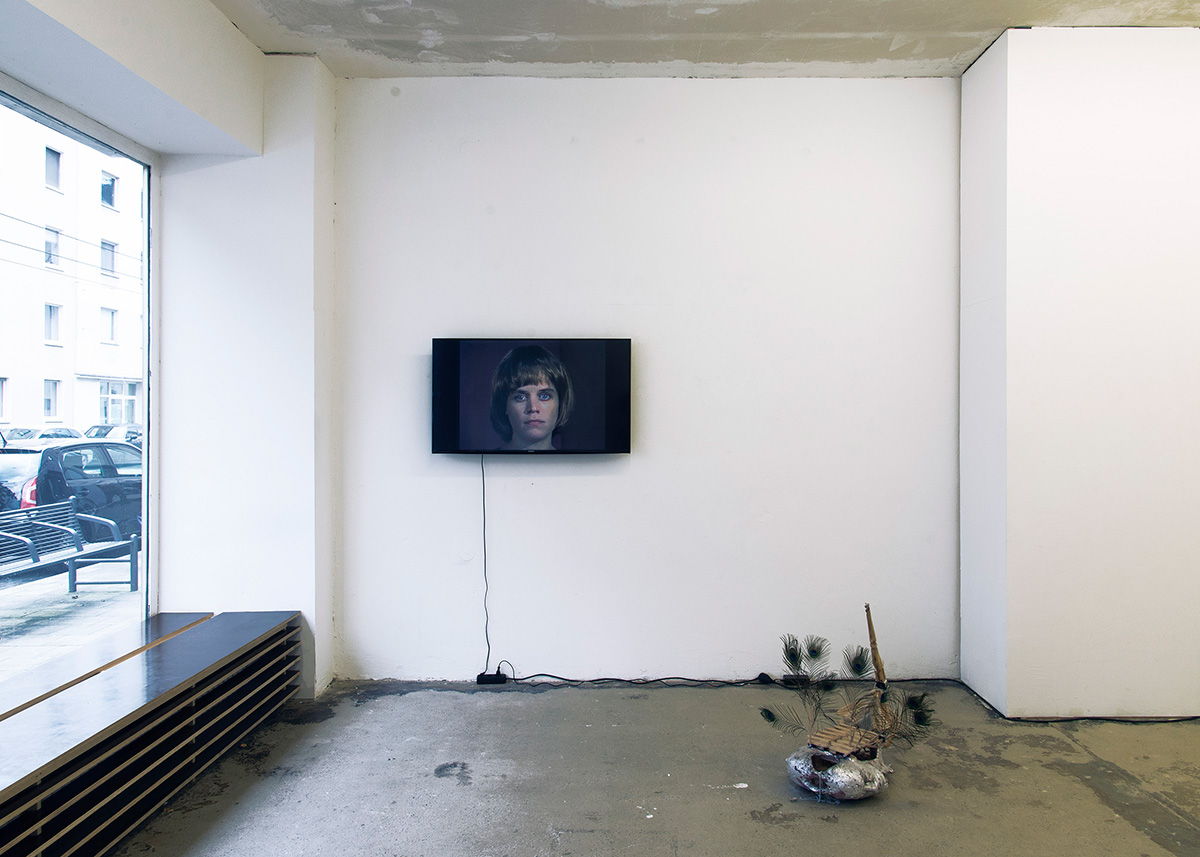 Installation view
Installation view
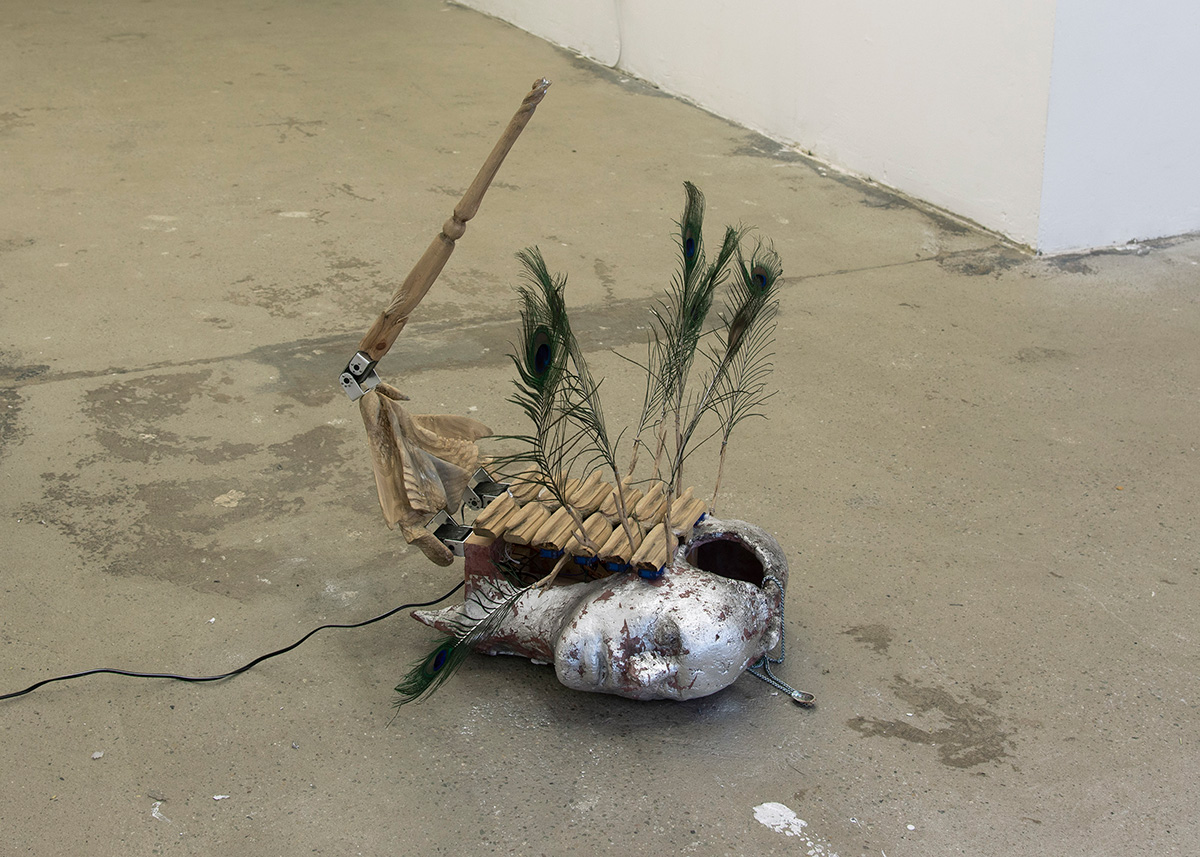 Nils Alix-Tabeling, Limules, 2018
Nils Alix-Tabeling, Limules, 2018
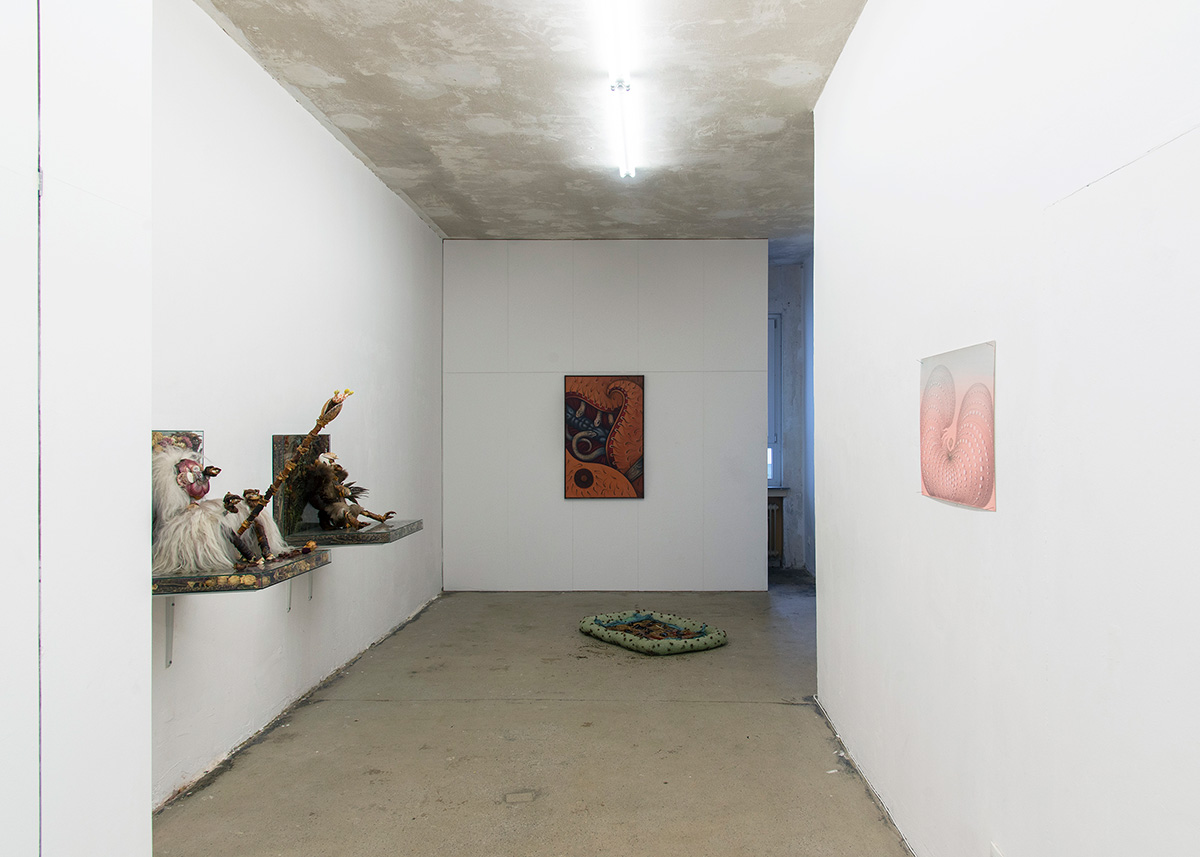 Installation view
Installation view
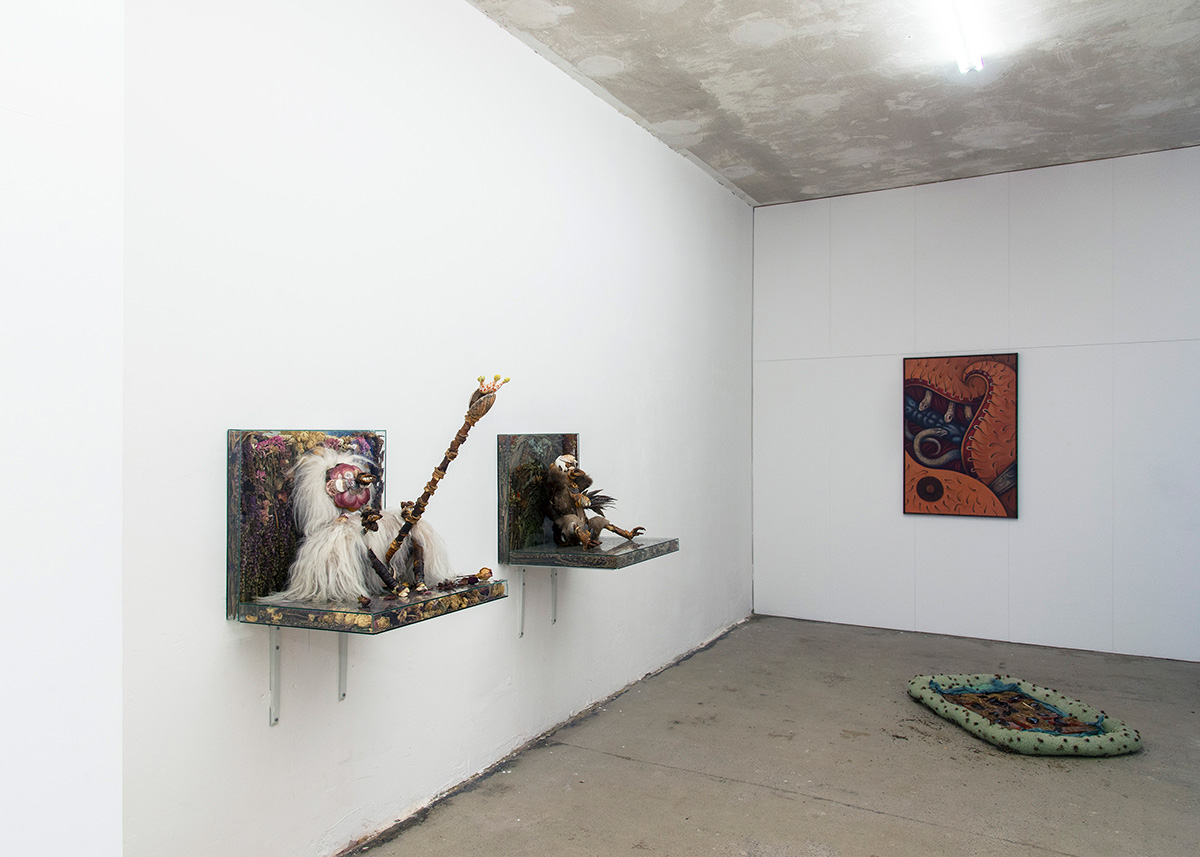 Installation view
Installation view
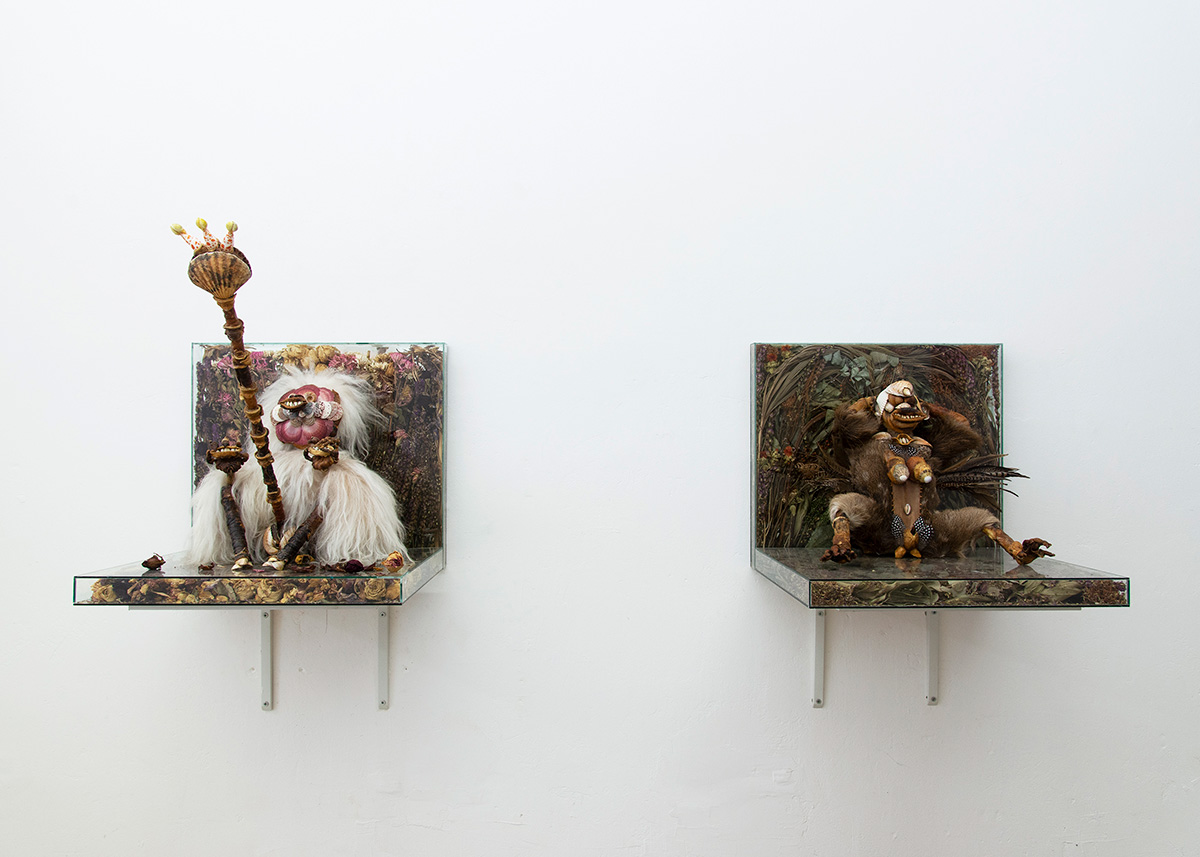 Installation view
Installation view
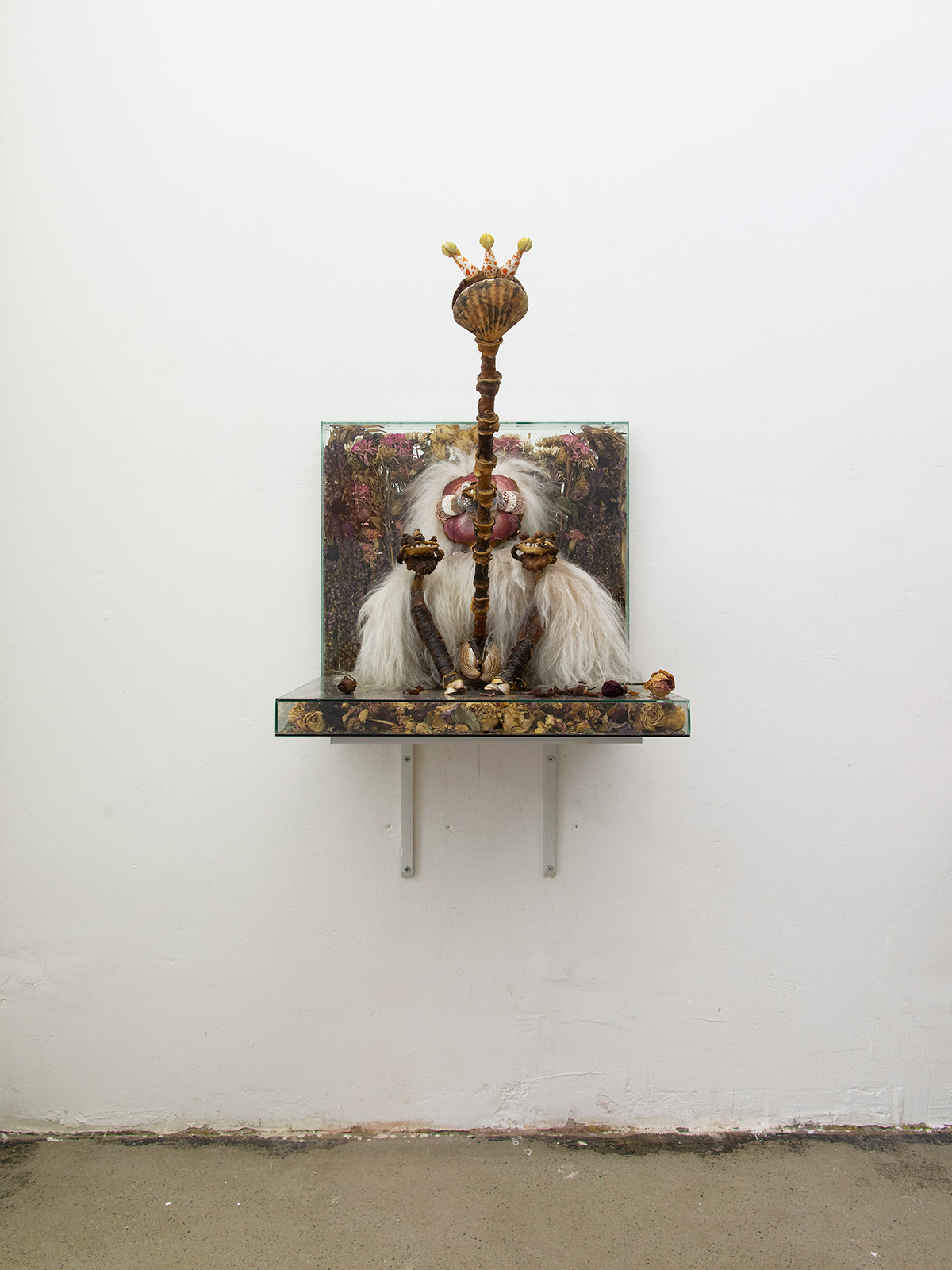 Johnston Sheard, Memorial For the Eternal Love Between María Claudia García Iruretagoyena And Marcelo Gelman..., 2018
Johnston Sheard, Memorial For the Eternal Love Between María Claudia García Iruretagoyena And Marcelo Gelman..., 2018
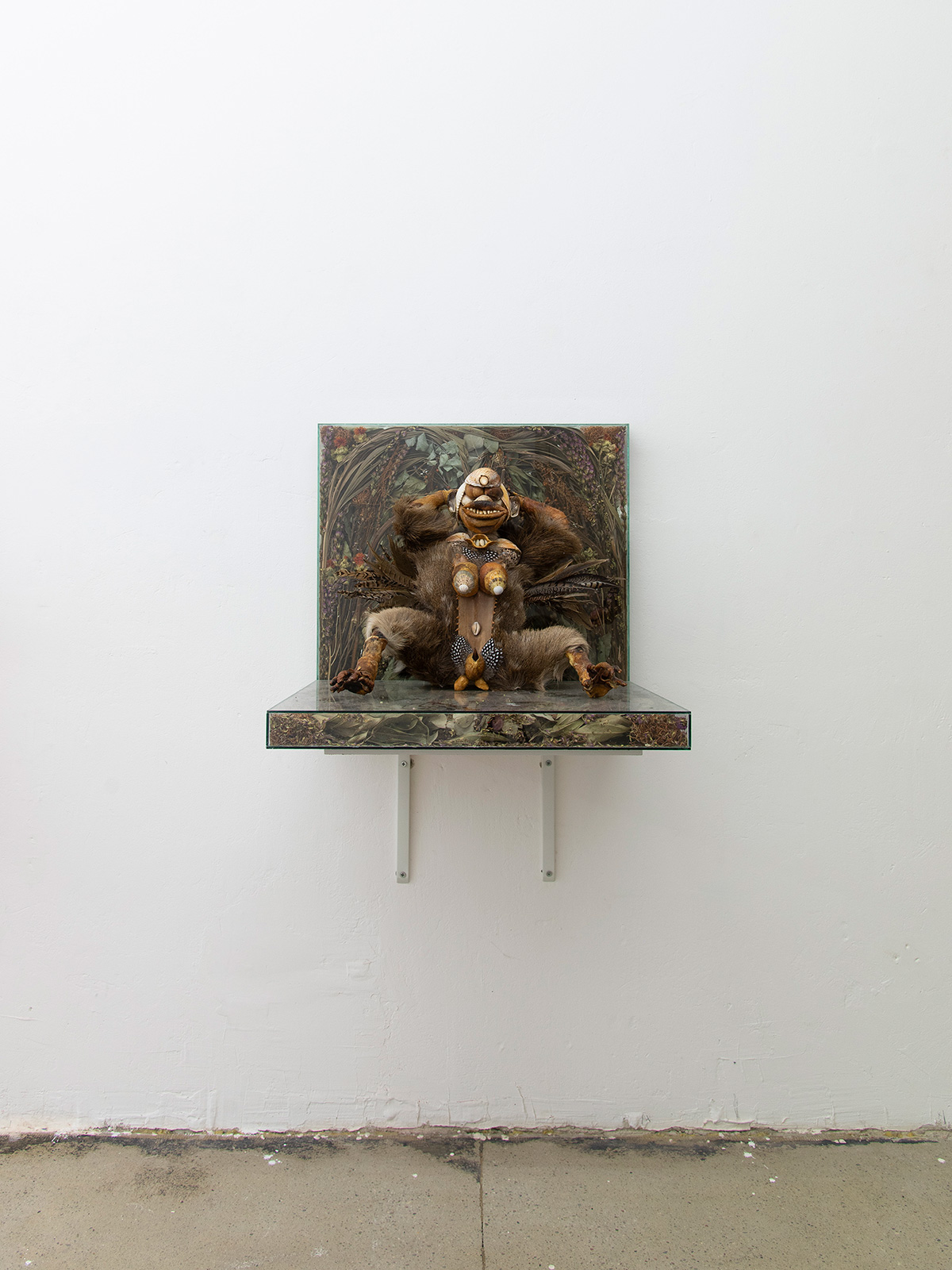 Johnston Sheard, Memorial For the Eternal Love Between Gary Matson and Winfield Mowder..., 2018
Johnston Sheard, Memorial For the Eternal Love Between Gary Matson and Winfield Mowder..., 2018
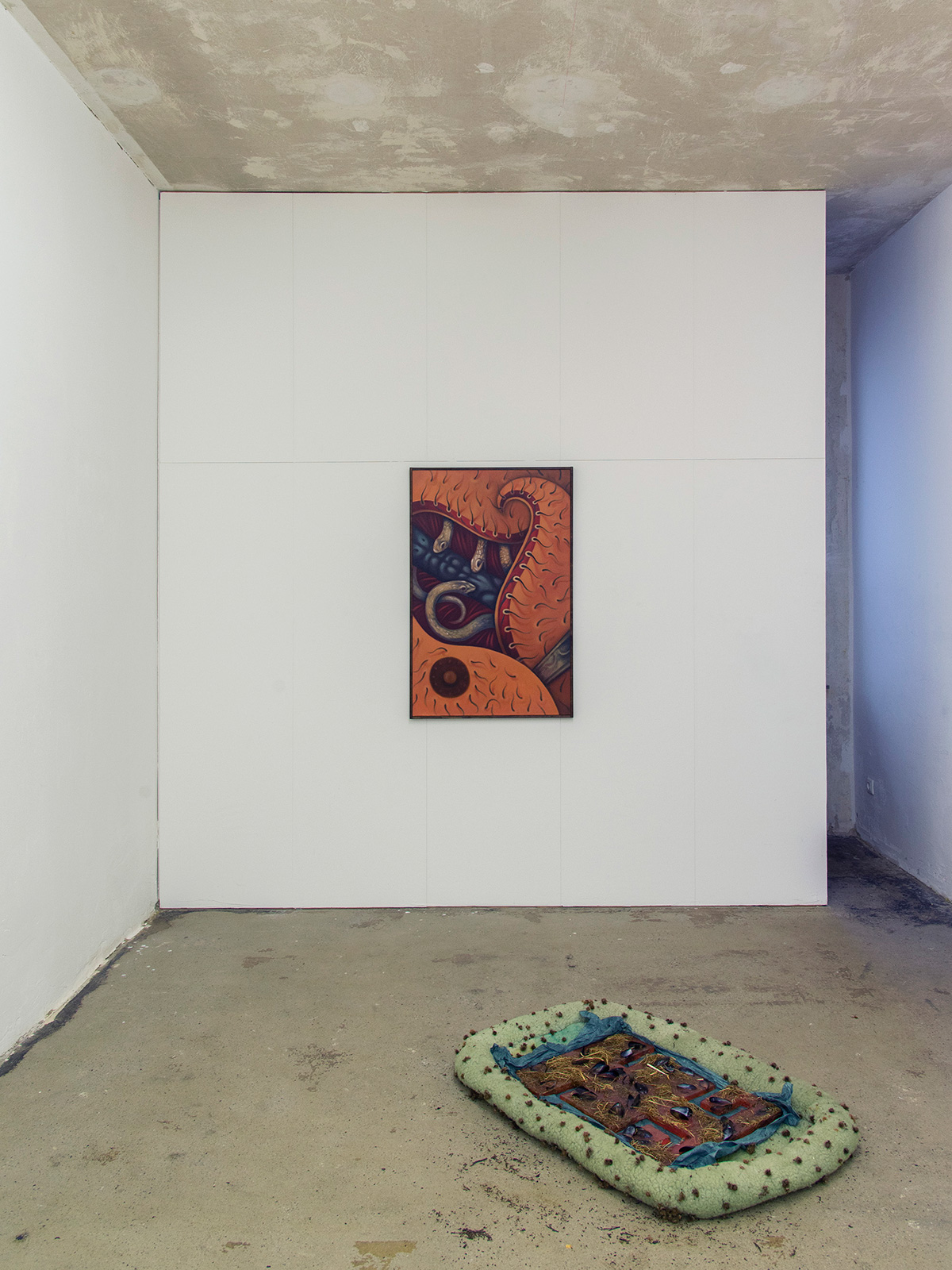 Installation view
Installation view
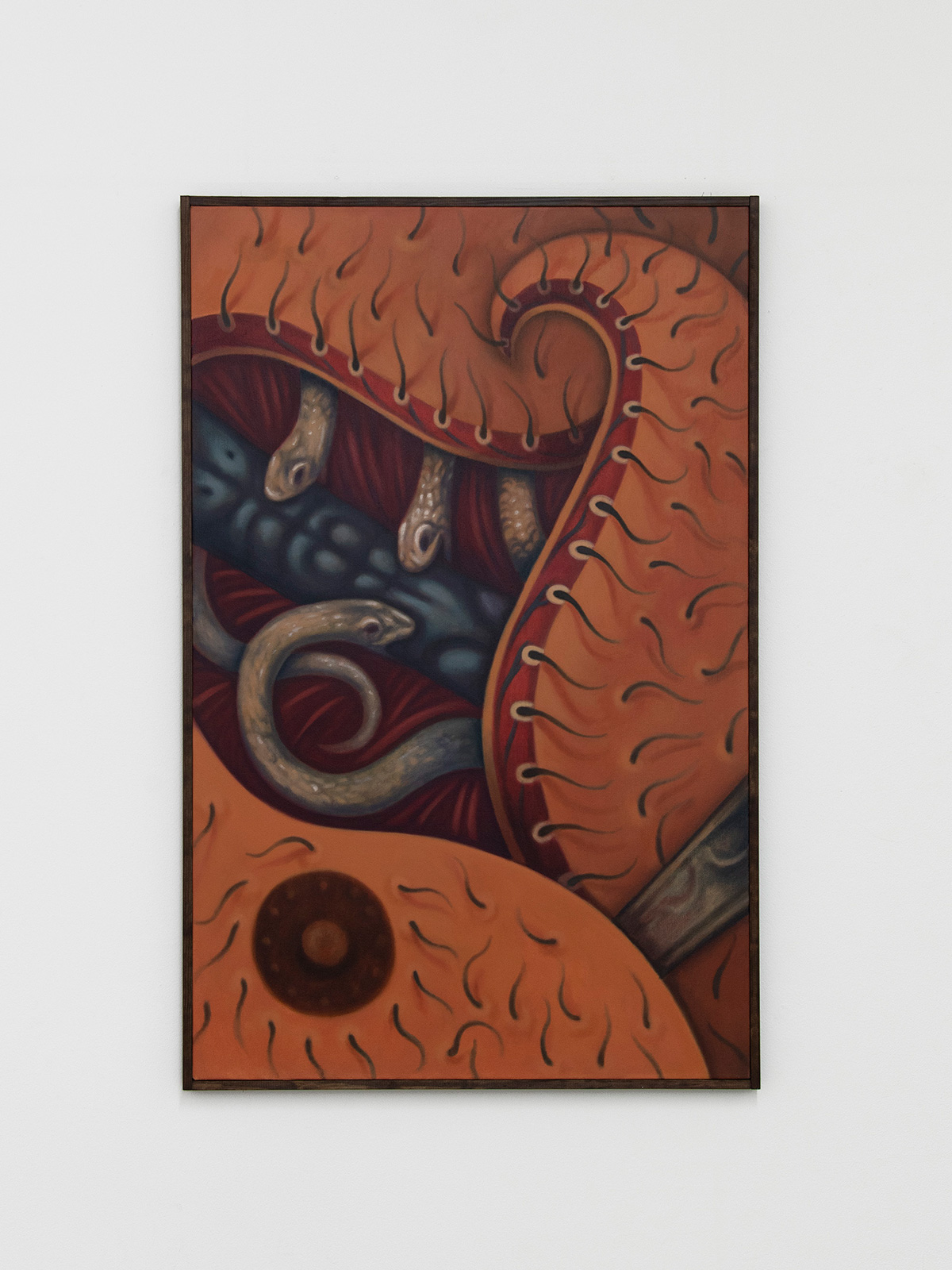 Justin Fitzpatrick, Antibodies: Curtain up, 2018
Justin Fitzpatrick, Antibodies: Curtain up, 2018
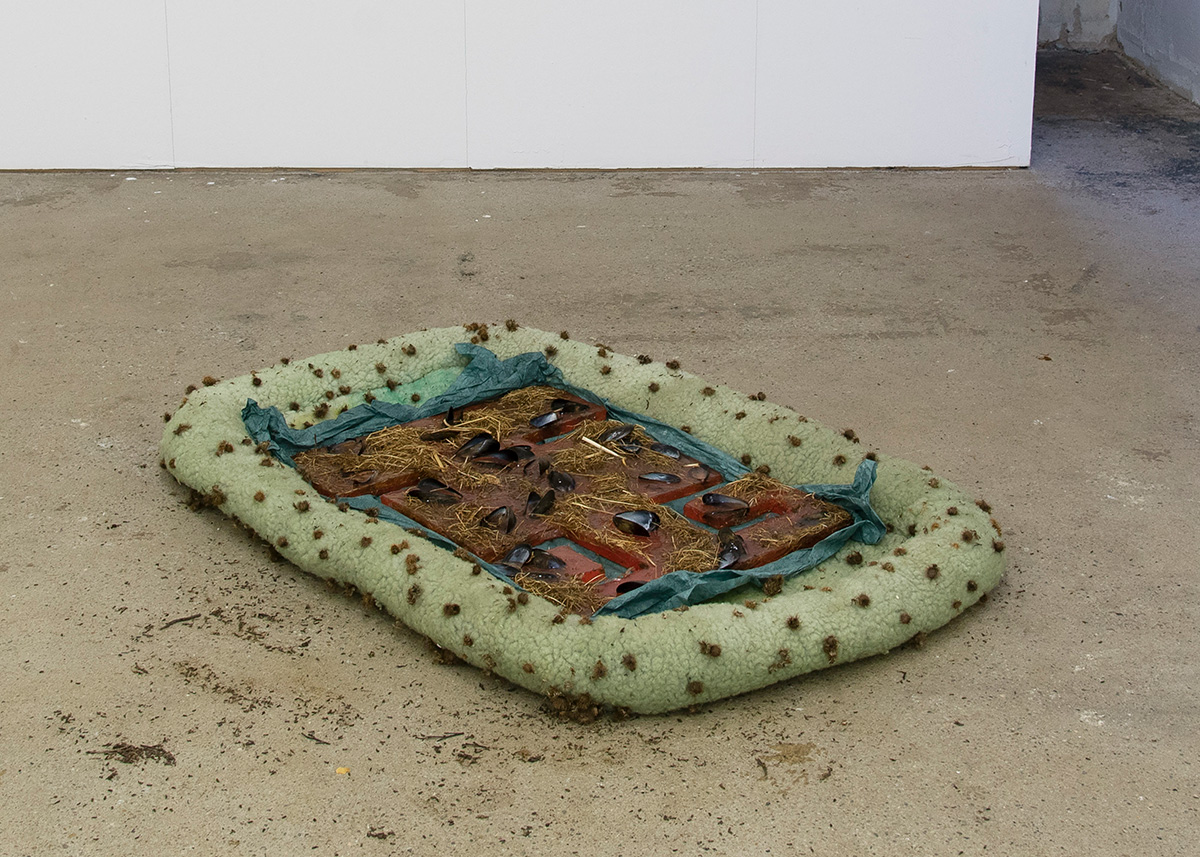 Tiziana La Melia, Memory Soups Furry Breast Bomboniere, 2015-18
Tiziana La Melia, Memory Soups Furry Breast Bomboniere, 2015-18
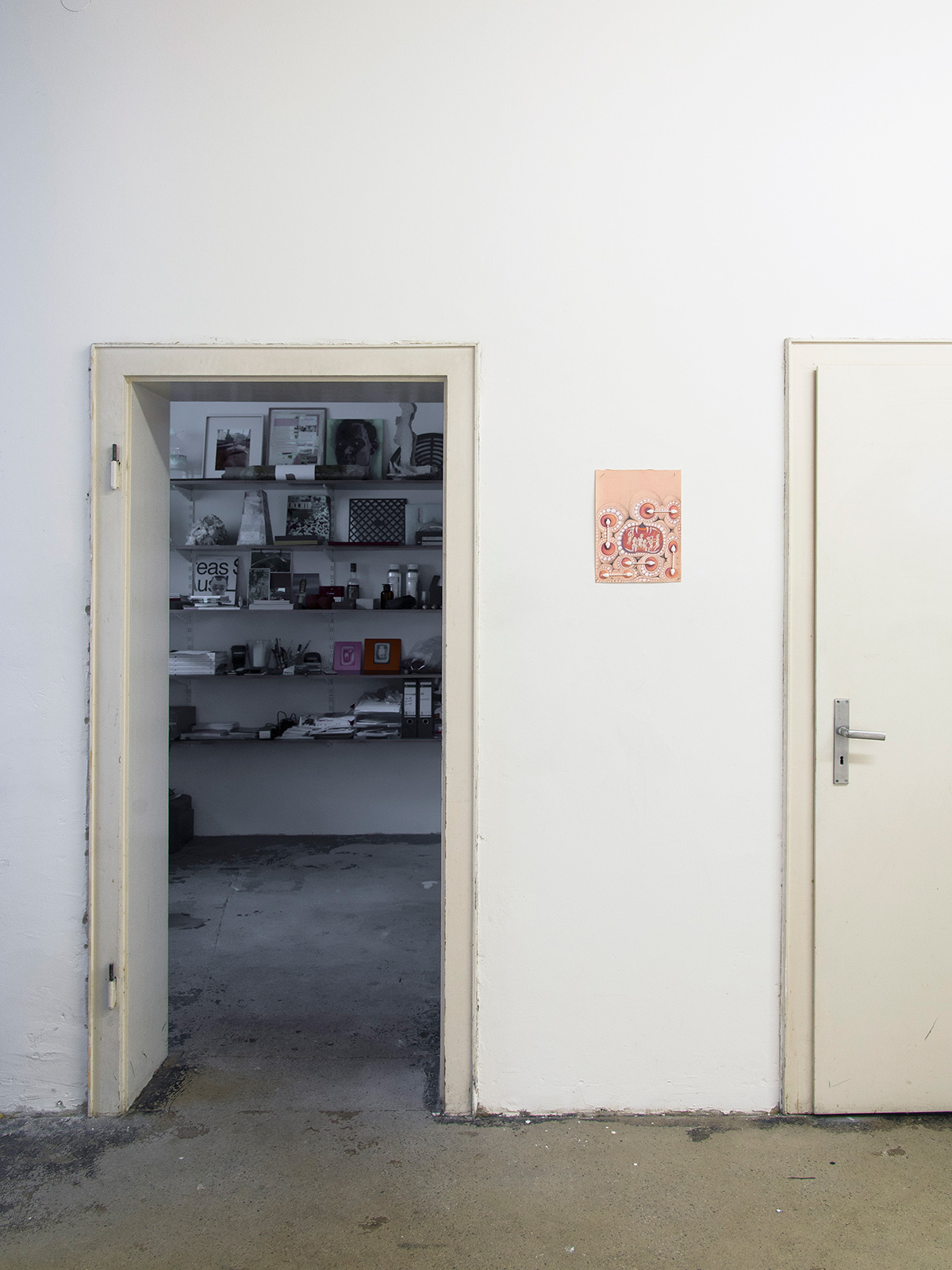 Installation view
Installation view
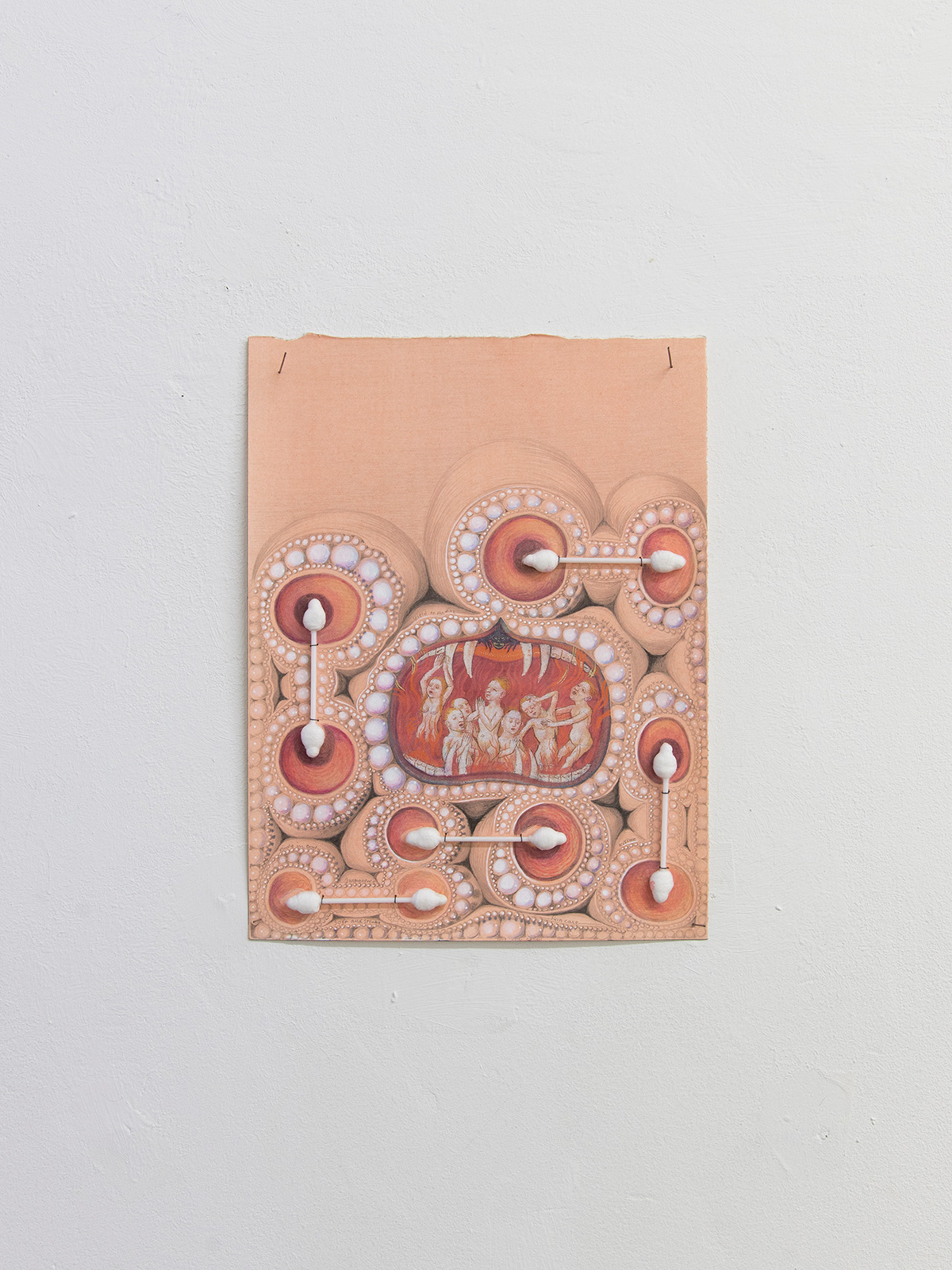 Kinke Kooi, Hygiene (2), 2015
Kinke Kooi, Hygiene (2), 2015
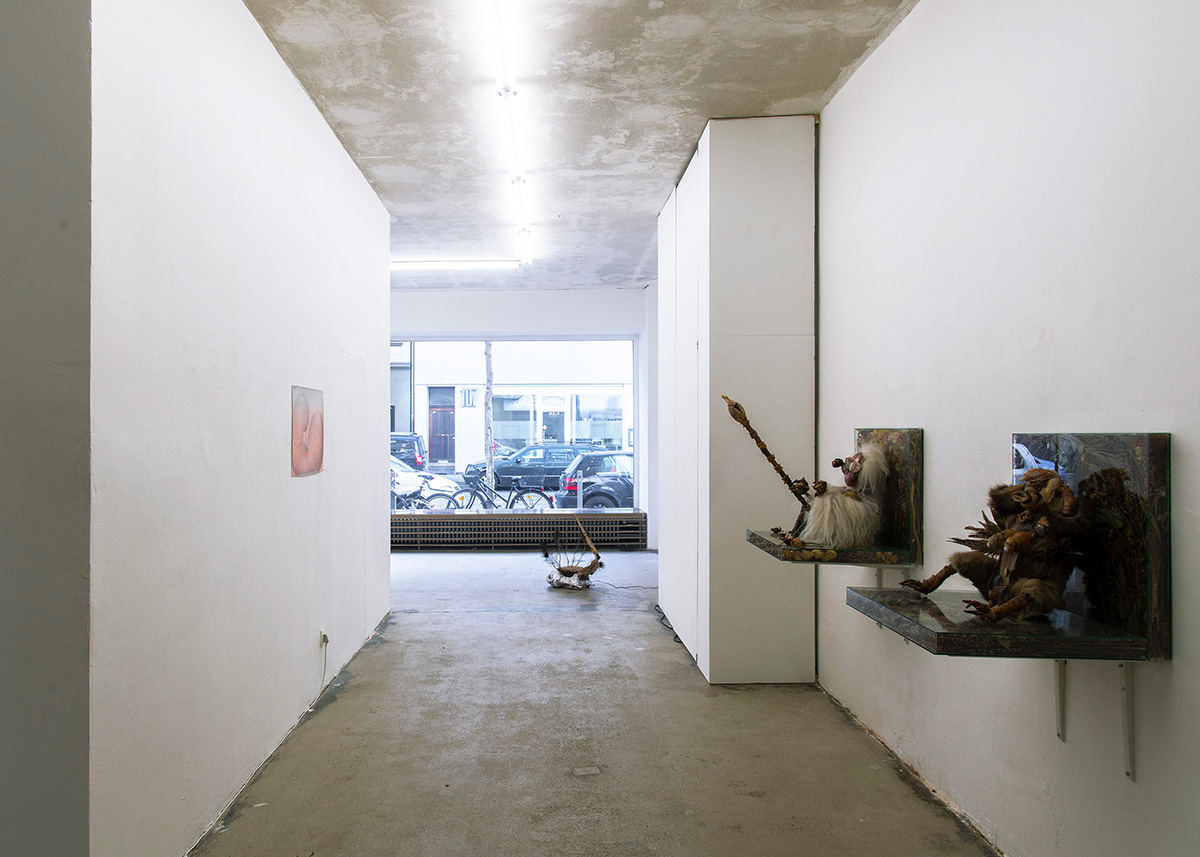 Installation view
Installation view
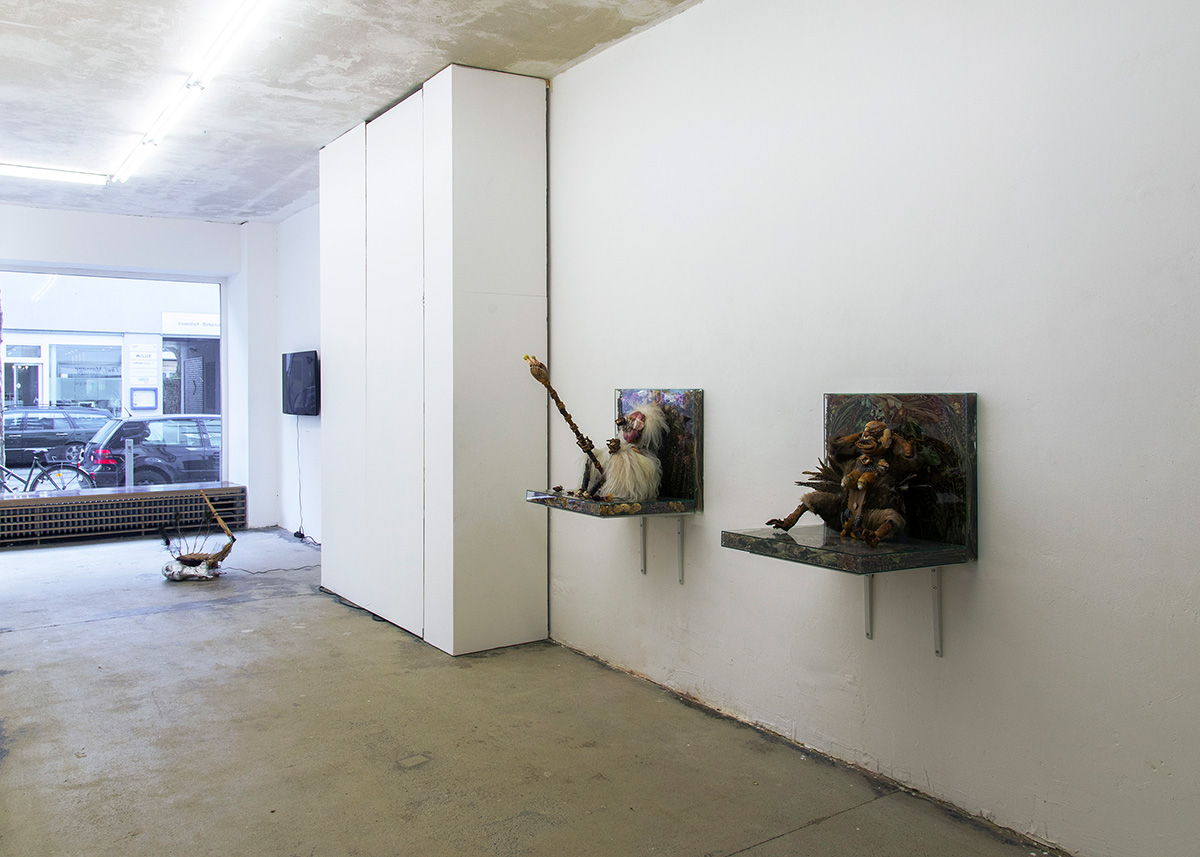 Installation view
Installation view
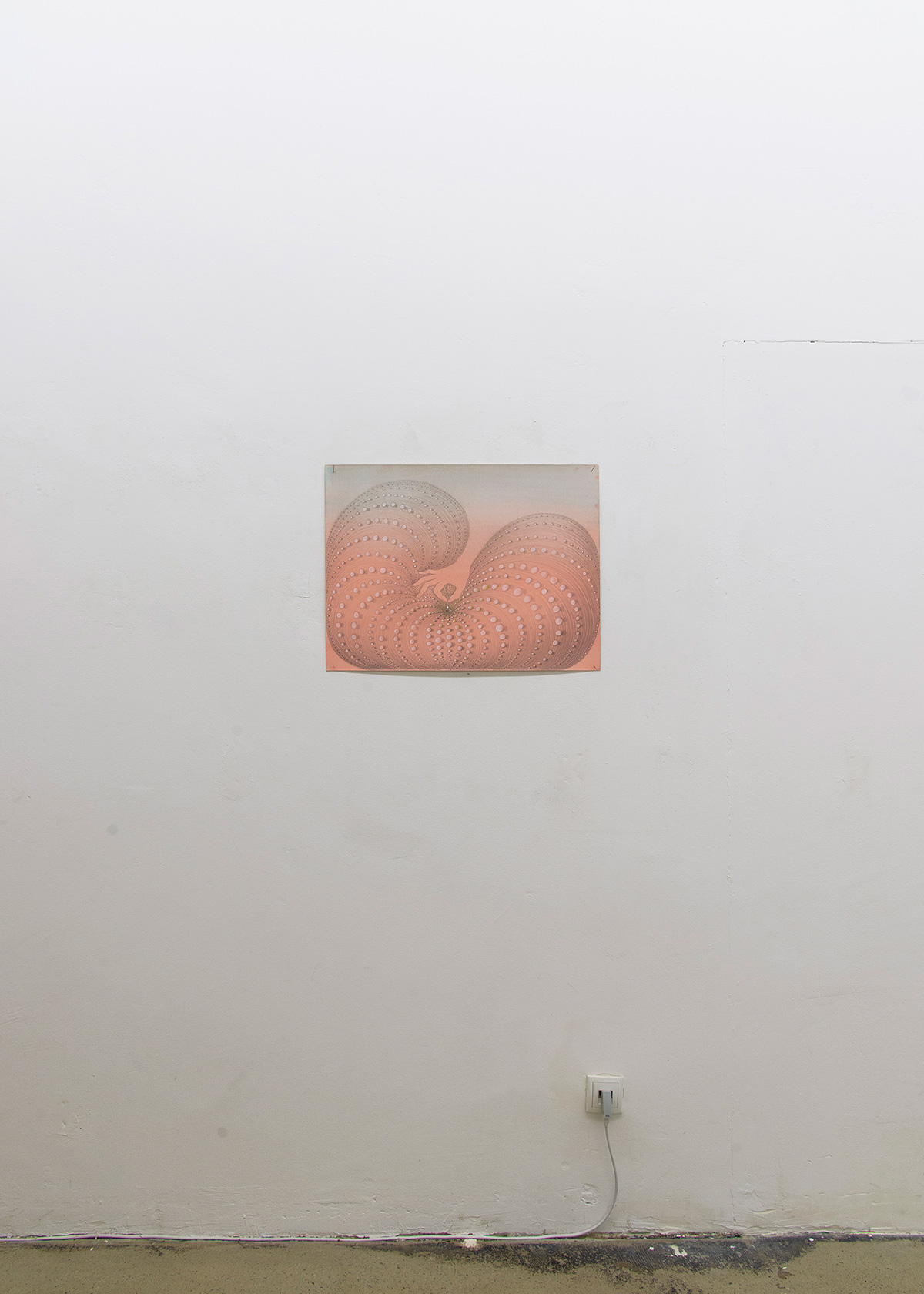 Kinke Kooi, Be Precise, 2013
Kinke Kooi, Be Precise, 2013
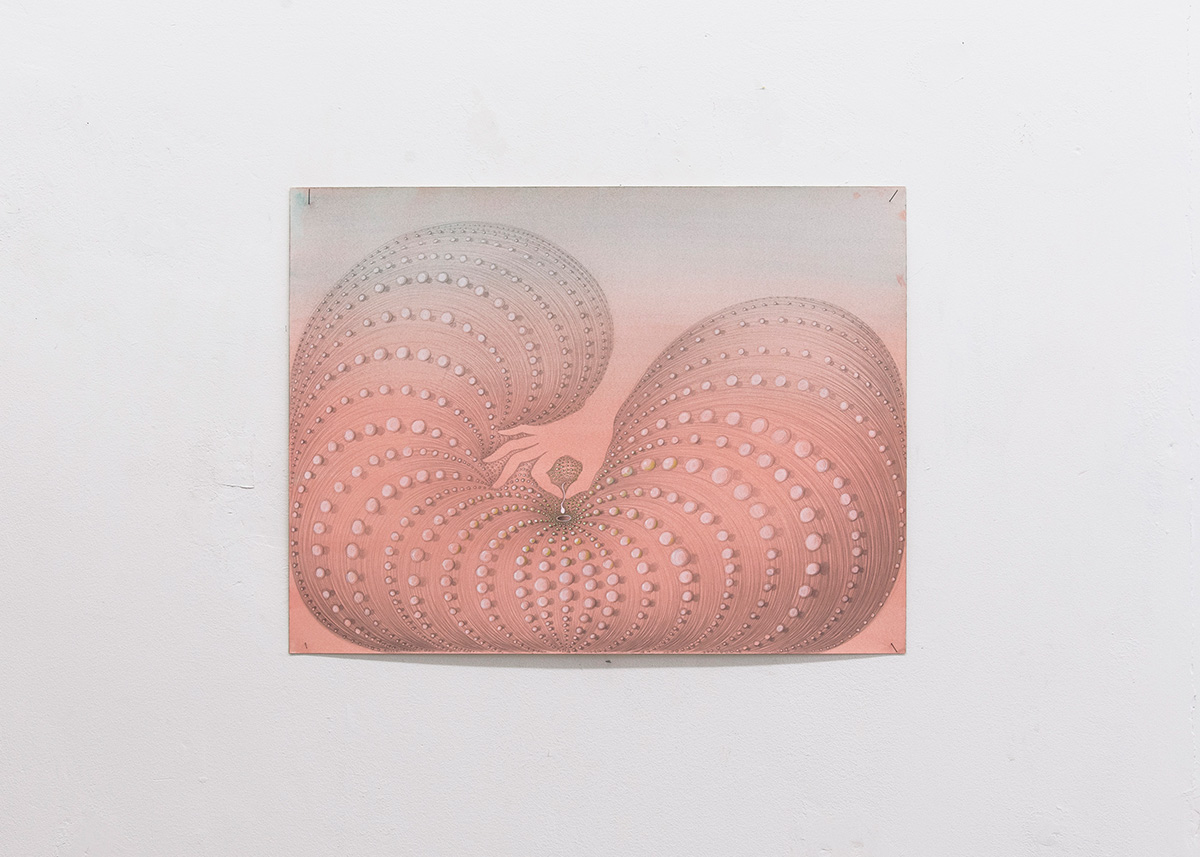 Kinke Kooi, Be Precise, 2013
Kinke Kooi, Be Precise, 2013
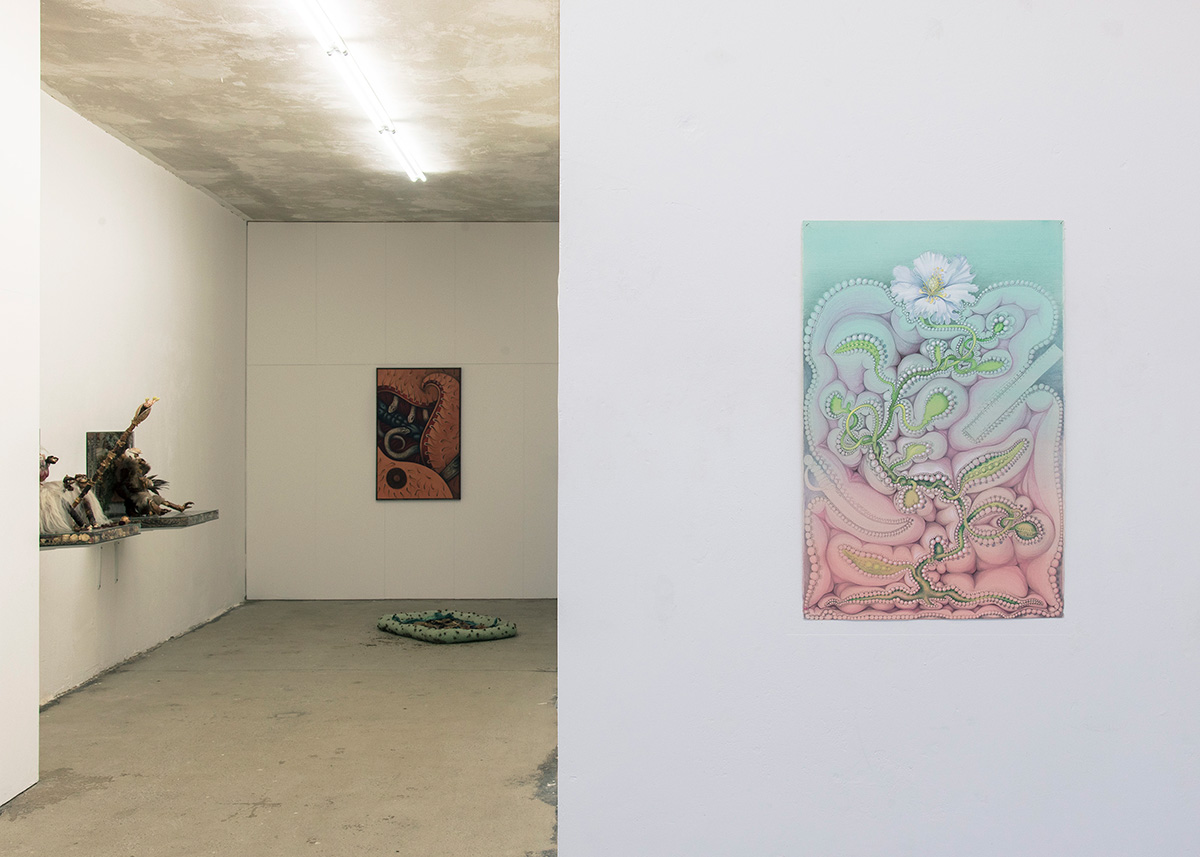 Installation view
Installation view
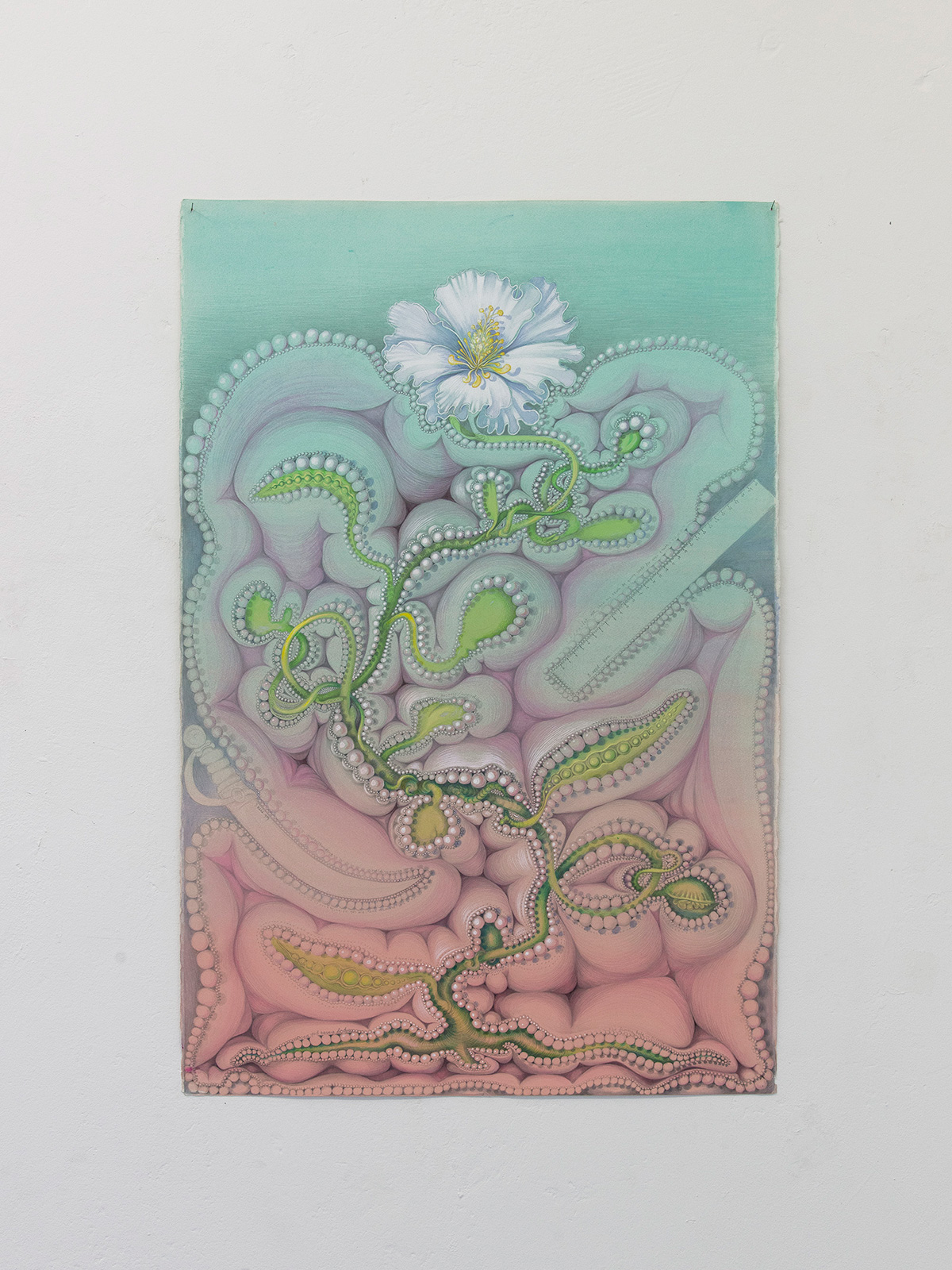 Kinke Kooi, Growing the Seeds of Love (3), 2015
Kinke Kooi, Growing the Seeds of Love (3), 2015
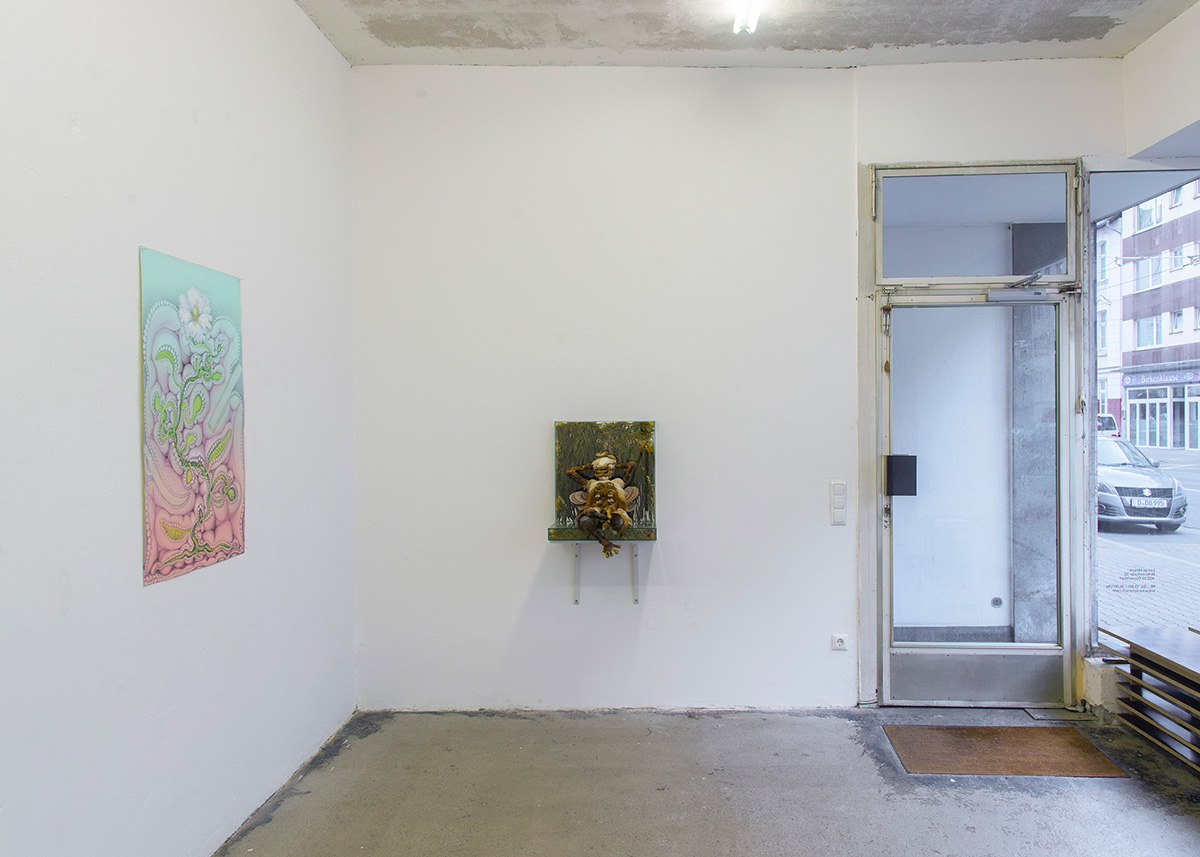 Installation view
Installation view
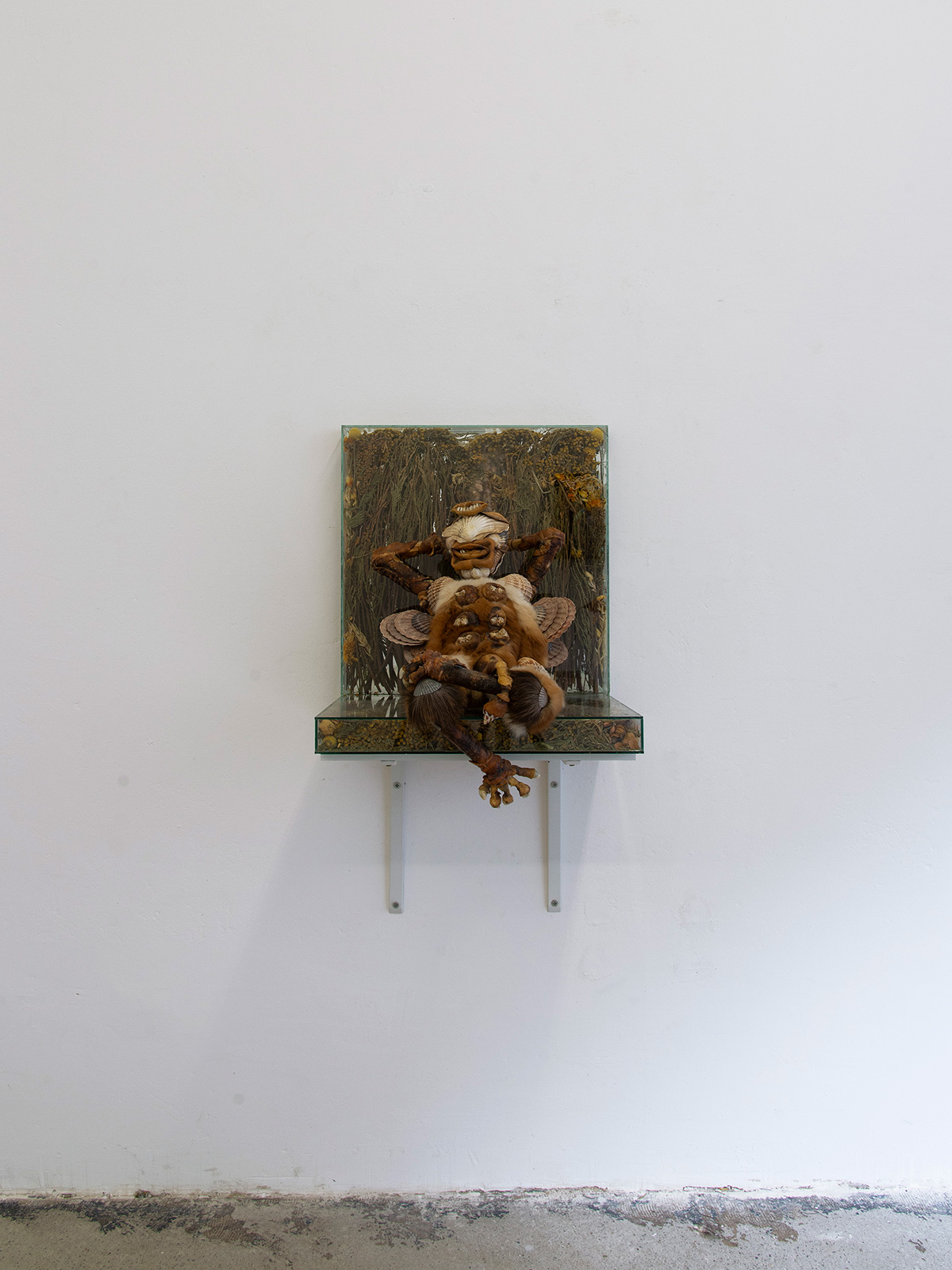 Johnston Sheard, Memorial For the Eternal Love Between Nahal Sahabi And Benham Ganji..., 2018
Johnston Sheard, Memorial For the Eternal Love Between Nahal Sahabi And Benham Ganji..., 2018
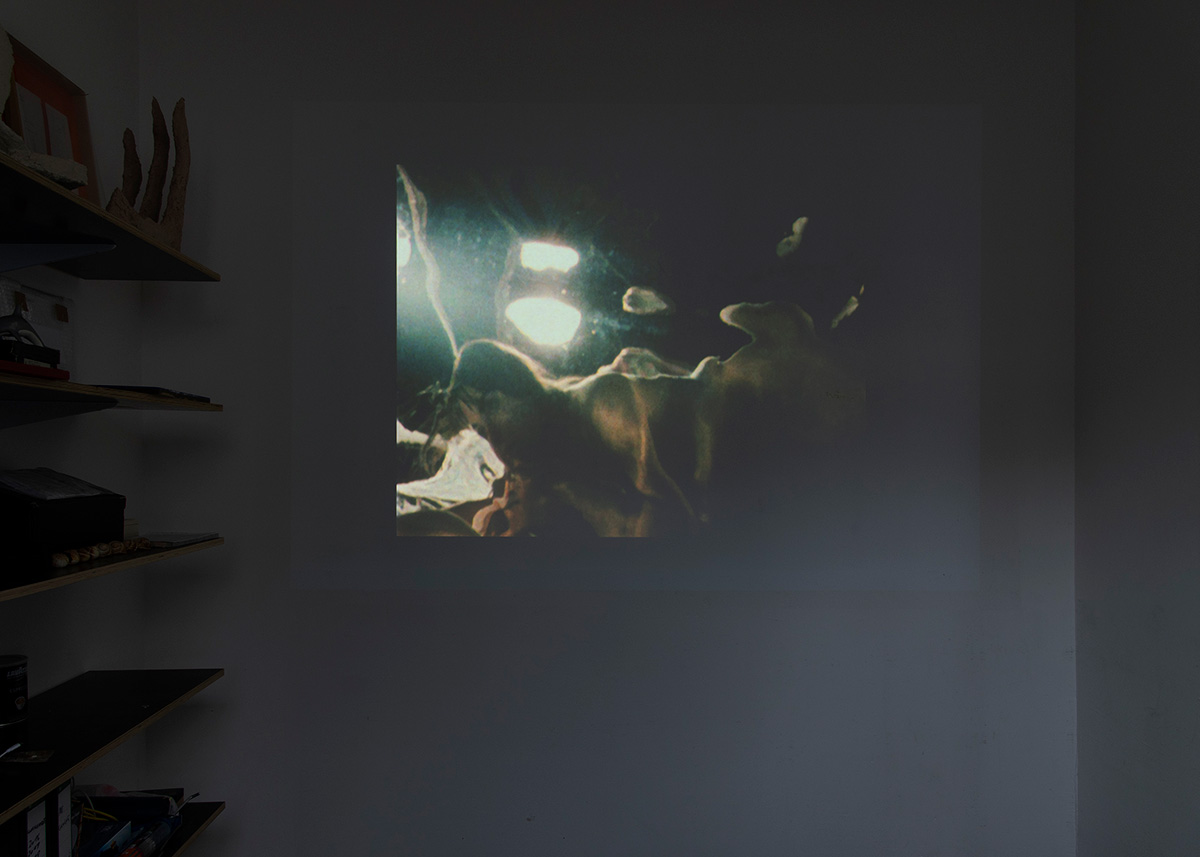 Maria Lassnig, Iris, 1971
Maria Lassnig, Iris, 1971
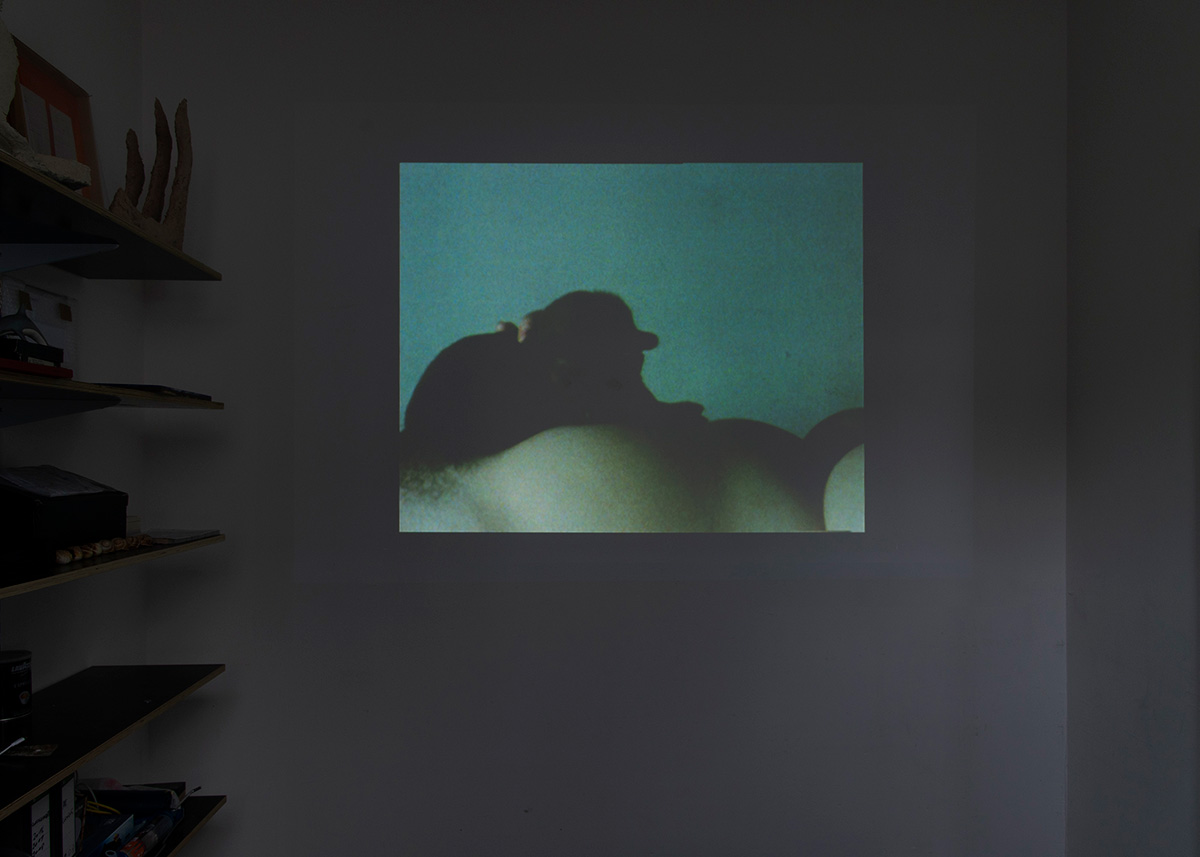 Maria Lassnig, Iris, 1971
Maria Lassnig, Iris, 1971
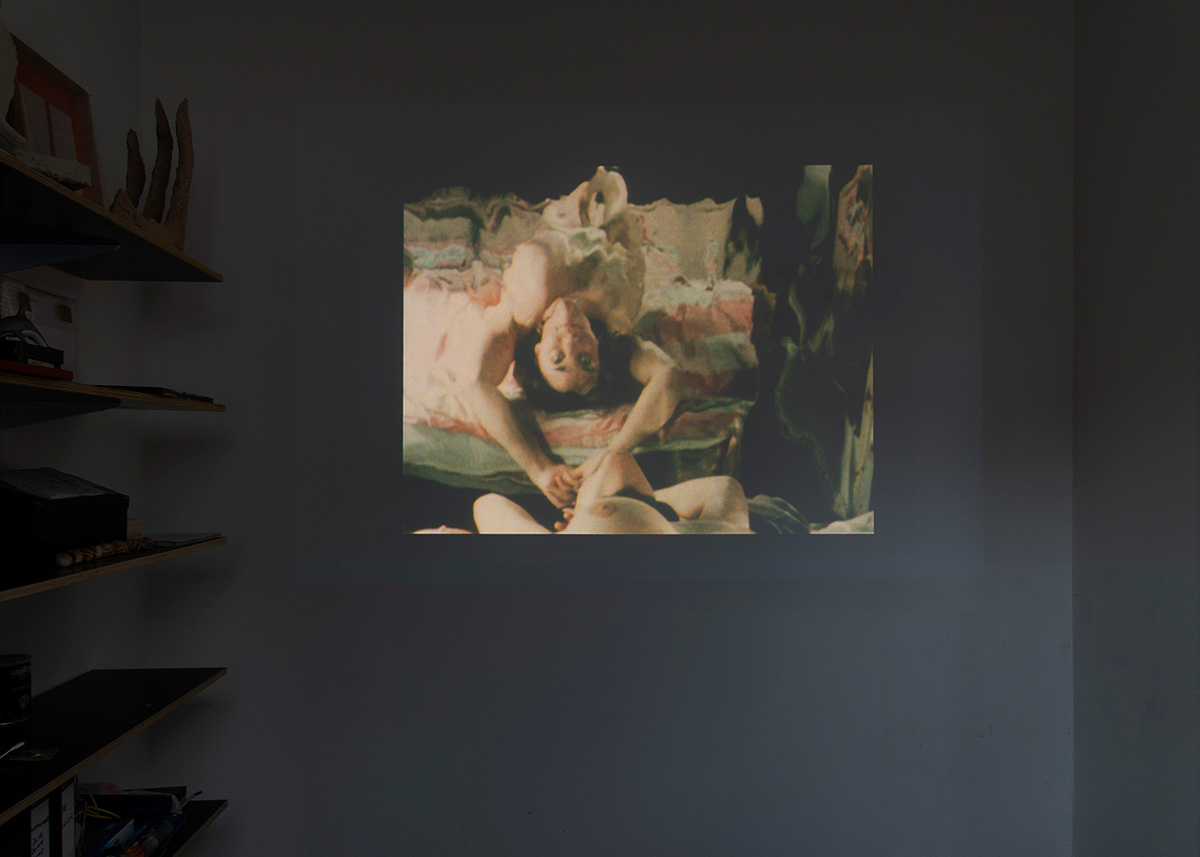 Maria Lassnig, Iris, 1971
Maria Lassnig, Iris, 1971
GLOSE
In 18th century France, during the Enlightement, the politician, orator and philosopher, Mirabeau, who was afflicted with siphilis, a lisp, and a hateful father, wrote the Erotika Biblicon. In the chapter on bestiality, while absolutely conveniently repulsed by the idea of these desires and by their brutal and inherent impulses (for him exclusively practiced by the lower social classes of the time), he still celebrated them as a way for mankind to reinfuse the world with the magic of the ancient civilisations.
Repopulating the lands with fauns, sirens and flying goddesses like Ishtar. As in his own words what could be more beautiful than the curves and shapes of a centaur?
He saw the fruits of bestial love as a way to improve humanity through chimeric experiments and god-like recreations, sorrowing over the apparent inability of these hybrid creatures to reproduce in their turn, and their short life expectancy. For him bestiality needed to be integrated in a eugenic and productivist zeitgeist, while denying the erotic potential of an hybrid encounter. The french countryside was apparently at the time proven to be filled with these pastoral desires, shepherds experimenting with their herds as scientists in their castles would with electricity and mathematics. He proposed the idea that the priests of the pyrhenese valley should care for the bestial offspring of their flock. Mirabeau thought that the shepherds should be encouraged, when leaving in autumn, the isolation of the mountain valleys to bring their impregnated favorite goats and anonymously deliver them to the church (in order to preserve the respect of confession), donating the results of their hidden genetical experimentation to be tendered and studied between closed walls.
In 1408, Christine de Pizan wrote her Epistle Othea, a rewriting of the metamorphoses of Ovide from a female perspective. In Queering Ovidian Myth, Marilynn Desmond and Pamela Sheingorn describe Christine’s book as queering the Ovidian obsession with metamorphosis and exploring trans-species sexuality as a way of revising received notions of female sexuality and envisioning female desire. By insisting on a dual reading between the images in the margin and the texts and gloses that accompany it, Christine de Pizan forces the viewer into acknowledging his own position while reading both images and written contents. Thus focusing on the “outlook of the interpreter; the critical position is the framework for the interpretation and the text becomes the object of the outlaw gaze.” Bestiality becomes a metaphor used to re-empower marginalised forms of desire, thus forming a kinship of divergences under the banner of the inacceptable, here weared with pride.
Therefore the exhibition Pastoral Love is placed under the patronage of Pasiphaé, forever remembered princess of the Minoan civilisation, and mother of the Minotaure, an humanoid beast of lust and carnal desire. Undistinctively devouring both male and female athenians. The muscular mighty horned creature has since become a recurrent character in homoerotic fantasy, and has proliferated in video games and pornographic graphic novels. The Minotaure could be seen as the sodomistic counterpart to Pasiphaé feminist empowerment, a queer child birthing from a feminist womb. Together entertwined in an inherently radical call for self liberation. In fairy tales and myths the metaphor of devouring often stands for sex.
Upon reading the transcript of renaissance bestiality trials gathered in Dr Ludovico Hernandez’s book “Les Procés de Bestialité au XVI et XVII siècle”, one needs to shield themselves from experiencing any form of empathy towards the many burned at the stake peasants and shepherds. If not then we take the risk of finding ourselves accomplice to breaking one of the most prominent social taboo of our civilisations.
Although it appears as obvious while reading the testimonies/proofs necessary to the rendering of the judgements, that many of the accusations had other motives. And that bestiality, often called simply sodomy, and at the time easily interchangable with witchcraft, was used for multiple aims. Mainly in order to transmit economical resources from one hand to another. What is also transparent upon reading these transcripts is the despair of the accused, as in this time society in Europe had not yet been blessed with the possibility of questioning alleged christian ideas on the afterlife. Thus to be burned alive and for ones ashes to be scattered at the four winds was an irrevocable and commonly inflicted sentence closing the gates of reincarnation for the victim. Amid in order to roam a post last judgement earth, even as a rotting carcass, one still needs to have at least the remains of a body. In the eye of a state attempting to control and commodify every one’s sexual drives, they was no visible difference neither between bestiality, witchcraft and sodomy, nor the spreading of primitive marxist or feminist ideologies.
Today we can see how close this dream of repopulating the earth with hybrid animal creatures has become through pornographic contents. The 21st century witnesses the proliferation of an eros of becoming/animal, hybrid furries populate pornographic websites, entertwined in a xenobiological digital map of our desires. Being penetrated through every pores and holes of our skin by a humanoid octopus has now become an achievable goal for a broader audience, due to the recent developments in 3d technologies and augmented reality, making Mirabeau’s vision closer. Although still the possibility of an heteronormative reproduction of hybrid creatures seems to lack, we witness the development of toys allowing to pretend being impregnated by an alien species, disposing silicone eggs inside our inner cavities, however they are still unable to grow.
Queer sexe gives birth to a limitless potential of desire. Bestiality is here used as a metaphor to broader our perception of our natural surrounding.
— Nils Alix-Tabeling